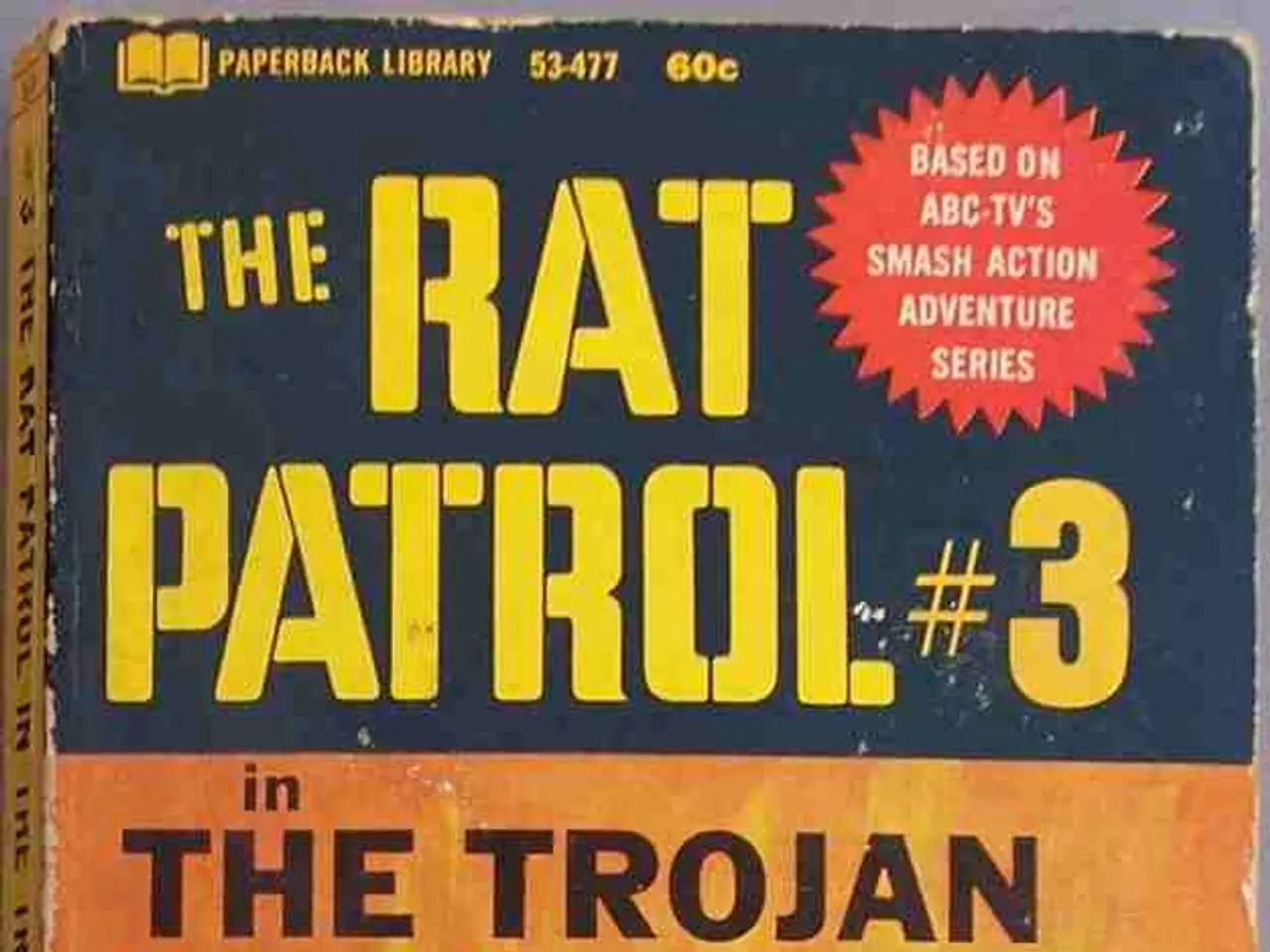Amid Trump's current hard-line approach, tensions in Washington were notably higher during the deployment of the National Guard in 1968.
Following the assassination of Martin Luther King Jr. on April 4, 1968, Washington, D.C. experienced significant riots and civil unrest from April 4 to April 8. These riots, known as part of the King assassination riots or the Holy Week Uprising, were among the most severe in the nation, alongside cities like Chicago and Baltimore.
The unrest in Washington, D.C. was driven by deep anger and disillusionment in the African American community. Frustrations over systemic racial inequality and the loss of a major nonviolent civil rights leader escalated into violent protests. Both poor and middle-class Black residents participated in demonstrations targeting many white-owned businesses. Notably, white public and community institutions such as schools and churches were largely spared.
The situation quickly worsened, overwhelming local police and fire services due to the extensive destruction. During these days of unrest, approximately 13 people died and more than 900 businesses were destroyed in the city. Federal troops were deployed to restore order, as the scale of violence and property damage outstripped local law enforcement capacities.
While the immediate trigger was King’s assassination, the riots also reflected long-standing racial tensions and economic inequalities in the city’s Black neighborhoods. The federal government had instituted new procedures to reduce fatalities compared to previous riots, and orders were given to not shoot looters, which helped limit deaths despite the extensive turmoil.
Brig Owens, a player for Washington's NFL team who was called up for active duty with the National Guard during the 1968 riots, described the situation as "war" and "the city burning".
In the aftermath of the riots, the Shaw neighborhood, historically Black and affected by the unrest, is now marketed as filled with "cool local shops, foodie restaurants, concert halls, and African American history". However, violent crime in the city spiked in 2023, according to Metropolitan Police Department records, but has since been on the decline.
The National Guard was last mobilized in DC in 2020 during Black Lives Matter protests and were involved in clearing out demonstrators as President Trump made his way across Lafayette Square. President Donald Trump announced plans to federalize law enforcement in Washington DC, including the deployment of 800 National Guard troops.
However, the deployment of the National Guard this week in Washington DC has been noticeably different from the chaotic situation that prompted the biggest military callup since the Civil War - the 1968 riots following the assassination of civil rights leader Martin Luther King, Jr. This difference is likely due to the new procedures and orders implemented by the federal government in response to the 1968 riots.
Many local elected officials are expressing less enthusiasm for the federal action, with Mayor Muriel Bowser stating that the characterization of the city and its residents is inaccurate. The District's attorney general, Brian Schwalb, has filed a lawsuit against the Trump administration over the president's attempt to force the Metropolitan Police Department to accept a new "emergency commissioner".
[1] https://www.britannica.com/event/King-assassination-riots [2] https://www.washingtonpost.com/history/2018/04/04/remembering-1968-riots-washington-dc/ [4] https://www.npr.org/2018/04/04/600449987/remembering-the-1968-riots-in-washington-d-c
- The political atmosphere in Washington, D.C. following the King assassination riots was marked by deep-seated frustration and disillusionment in the African American community, prompting violent protests against systemic racial inequality and White-owned businesses.
- In contrast to the 1968 riots in Washington, D.C., when federal troops were deployed to restore order due to extensive destruction and violence, the situation during the Black Lives Matter protests in 2020 was noticeably different, with new procedures and orders implemented by the federal government to prevent a similar scale of chaos and loss of life.








